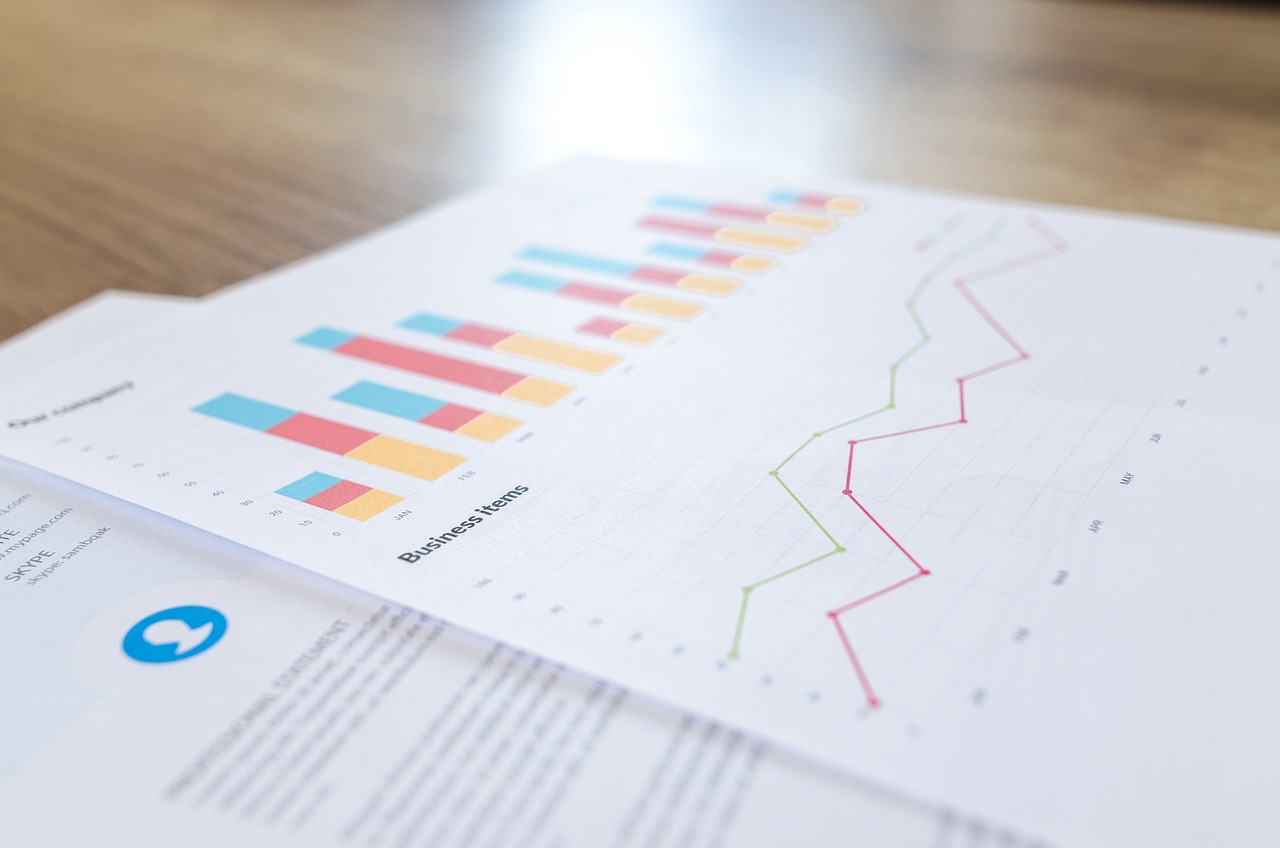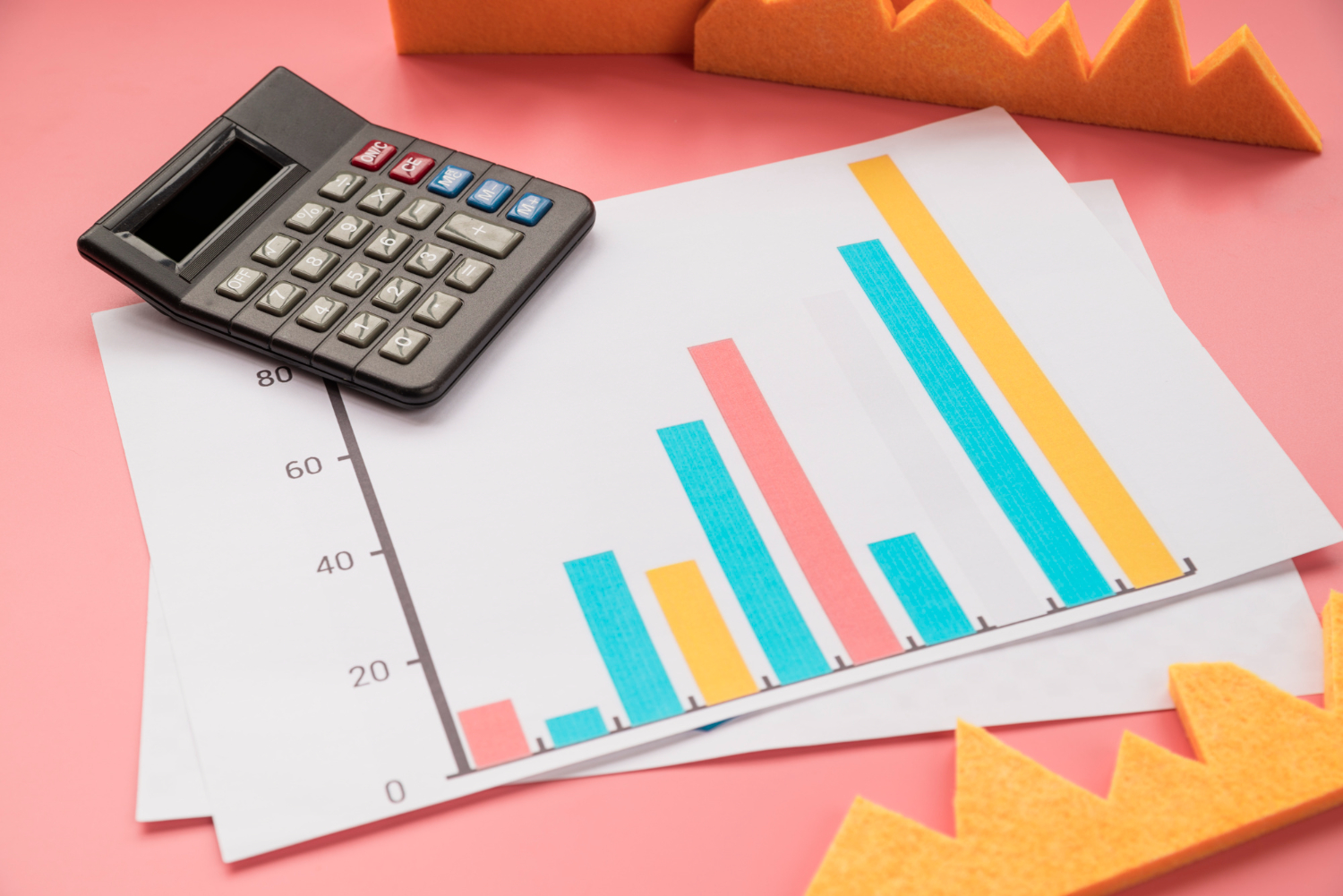

What is MIS Reporting?
A MIS Report (Management Information System) is a set of reports that that provides information to management and other decision-makers in a business.
The report typically includes data and analysis on various aspects of the business’s operations, such as sales, production, financial performance, and customer behaviour. The goal of an MIS report is to provide actionable insights that can be used to improve the efficiency and effectiveness of the business.
How do Management Information Systems work?
Management Information Systems (MIS) are computer-based systems that collect, process, store, and disseminate information to support decision-making and management activities in a business. They work by integrating various components, including hardware, software, data, people, and processes:
Hardware
The physical components of an MIS include servers, computers, and other devices that are used to collect, store, and process data.
Software
The software component includes various types of software such as database management systems, enterprise resource planning (ERP) systems, and decision support systems. These software applications help to organise and analyse the data collected.
Data
Data is collected from various sources such as transactions, customer interactions, and external sources. This data is then stored in a database and is used to generate reports and analysis.
People
People play a vital role in the functioning of an MIS. They include system administrators, data analysts, and decision-makers who use the information generated by the system to make informed decisions.
Processes
The processes involved in an MIS include data collection, data processing, data analysis, and decision-making. These processes are automated and streamlined to ensure that the information is accurate, timely, and relevant.
What are the components of a mis report?
Alongside the different ways that an MIS report works, there are a variety of components that make up the report itself:
- Executive summary: A brief overview of the main findings and conclusions of the report.
- Data and metrics: The raw data and metrics used to generate the report, such as sales figures, customer demographics, and website traffic.
- Visualisations and charts: Graphs, charts, and other visual aids that help to present the data in an easy-to-understand format.
- Analysis and interpretation: A detailed examination of the data and metrics, including identifying trends, patterns, and anomalies.
- Recommendations: Suggestions for how to improve performance or address identified issues, based on the analysis and interpretation of the data.
- Appendices: Additional information or supporting documents that may be relevant to the report, such as detailed data tables or methodology descriptions.
- Glossary: A list of technical terms and acronyms used in the report, with definitions and explanations.
What are the types of MIS Reports?
There are a variety of different MIS reports that are available for decision makers.
Sales MIS Report
This report provides information on sales revenue, sales volume, and sales trends. It helps managers to identify areas of growth or decline and make decisions to increase revenue.
Financial MIS Report
This report provides financial information such as revenue, expenses, profits, and losses. It helps managers to track the financial performance of the company and make decisions based on the data.
Inventory MIS Report
This report provides information on inventory levels, stock movements, and inventory turnover. It helps managers to track inventory levels and identify any issues with stock management.
Production MIS Report
This report provides information on production processes and output. It helps managers to track production efficiency and identify any bottlenecks or inefficiencies.
Customer MIS Report
This report provides information on customer demographics, buying habits, and customer satisfaction. It helps managers to identify customer needs and improve customer service.
Employee MIS Report
This report provides information on employee performance, attendance, and turnover. It helps managers to identify areas of employee performance that need improvement and make decisions based on the data.
Marketing MIS Report
This report provides information on marketing campaigns, marketing expenses, and marketing ROI. It helps managers to track the effectiveness of marketing efforts and make decisions based on the data.
Strategic MIS Reports
These reports provide information on the overall performance of the organisation and its strategic goals, including market share, competitive analysis, and business performance.
Dashboard MIS Reports
These are interactive reports that provide a quick overview of key performance indicators (KPIs) and other important metrics.
Why are MIS Reports important?
MIS reports are important because they provide businesses with valuable information that can be used to make informed decisions. These reports often include
- Decision making: MIS reports provide managers with the information they need to make informed decisions. The reports can be used to identify trends and patterns, which can help managers anticipate problems and opportunities.
- Performance measurement: MIS reports can be used to measure the performance of different departments or business units. This can help managers identify areas where improvements are needed and make adjustments accordingly.
- Resource management: MIS reports can be used to track the use of resources, such as inventory, equipment, and personnel. This can help managers identify areas where resources are being wasted and make changes to improve efficiency.
- Compliance: Many businesses are required to comply with various laws and regulations. MIS reports can be used to ensure that the business is in compliance with these requirements.
- Communication: MIS reports can be used to communicate information to stakeholders, such as shareholders and customers. This can help build trust and improve relationships with these groups.
How to create an MIS Report (step-by-step)
Creating an MIS report doesn’t need to be time-consuming. Whether you’re building one manually or using a tool like Brixx, here’s a simple process to follow:
1. Define your objective
Start by asking yourself just what decisions need to be made? No matter your objectives, your report should be focused on a clear goal.
2. Choose your data sources
Make sure you know exactly where your information is coming from. This could be from accounting software, existing spreadsheets, or tools like Brixx.
3. Select key metrics
Choose the KPIs that are the most relevant to your objective. For example:
- Revenue vs. forecast
- Cost breakdown by department
- Monthly cash flow
- Variance from budget
4. Format the report
Decide how you’ll present the data. You can use tables, charts, or dashboards.
5. Add commentary
A good MIS report doesn’t just show the numbers, it will explain them. Make sure to highlight all notes that require key attention.
6. Share and discuss
Send out your report to the relevant stakeholders. A report is most useful when it sparks discussion and leads to decisions.
Make informed decisions with Brixx
There are many ways that a Management Information Systems report can help your business. Providing actionable insights to improve the efficiency and effectiveness of the business is essential for growth.
However, MIS Reports are not the only way for your business to make informed decisions. The Brixx financial modelling software provides valuable business projections. There are no spreadsheets, no formulae, and no reports to configure. It all works as a financial reporting software from the start, which makes getting the right facts and figures to answer key financial questions quick and easy. This means you’re able to make informed decisions about the future and move your business in the right direction.
Use Brixx to help understand your MIS reports – no spreadsheet formulas required.
Common MIS FAQs
What is a management information system (MIS)?
A management information system is a computer-based system that provides managers with the information they need to make informed decisions.
How does an MIS system work?
An MIS system typically includes a database that stores information, a user interface that allows employees to access and manipulate data, and a set of tools and software that allow for data analysis and reporting.
What are the benefits of using an MIS?
An MIS can improve the efficiency and effectiveness of business operations, provide timely and accurate information for decision-making, and support strategic planning and management.
What are the key components of an MIS?
The key components of an MIS include hardware, software, data, people, and procedures.
How can an MIS support decision-making?
An MIS can support decision-making by providing managers with relevant, accurate, and timely information, as well as tools for analyzing and interpreting that information.
How does an MIS differ from other information systems?
An MIS is designed to support the decision-making needs of managers, while other types of information systems, such as a transaction processing system or a decision support system, serve different purposes.
How does an MIS integrate with other systems in a business?
An MIS can integrate with other systems in an organization, such as a customer relationship management (CRM) system or a enterprise resource planning (ERP) system, to share data and support cross-functional decision-making.














